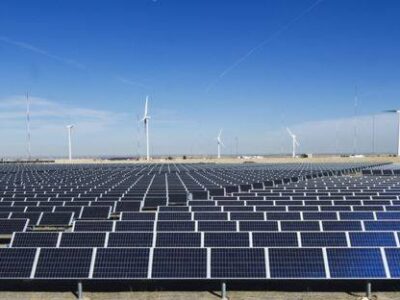The support of universities has long been an essential aspect of society’s push for a cleaner future. This was true even at the earliest stages of the environmentalist movement and has remained that way from the foundational habitat conservation practices of the 1950s to the “Silent Spring”-induced pesticide revelations of 1962, all the way through to today’s debate around carbon credits and net-zero pledges. When it first became apparent that high-emission activities would no longer be sustainable in the long term, college students and professors helped lead the charge to our nation’s capital.
We’ve made a lot of progress since then on both the national and international levels, but commitment to sustainability has generally remained strong at most universities. Even today, many of those conditions are the same as they’ve always been. There are still millions of students that stand ready to advance sustainability initiatives to clean up the planet, whether it be by public demonstrations, personal responsibility commitments, or even the pursuit of career trajectories in a climate-relevant field.
Changes have occurred, however, the most notable of them being a balanced distribution of responsibility across all levels of these institutions. Administrators and donors who were once content to let their students be the driving force of the movement have now taken it upon themselves to join in on the effort. Maine’s Bowdoin College is no exception, and after a few past flirtations with an increased environmentalist-oriented presence, it has launched a $100 million plan to address its own impact on the health of the planet.
The “Sustainable Bowdoin 2042” plan is centered around a series of renovations and funding-based initiatives to put the university on the path to full-scale decarbonization by the year 2042.
A total of $100 million is expected to be invested between now and 2037, with a large portion of the funding going towards a wide variety of efficiency upgrades to facilities on university grounds.
Bowdoin says it plans to give attention to each of the 52 buildings within its campuses, taking inventory and eventually performing renovations to the heating systems. Winter heating is particularly important because it is responsible for as much as 75 percent of Bowdoin’s overall annual emissions. Many of the upgrades will involve transitioning from the current high-temperature hot water system to a modern low-temperature alternative, a move that gives it more compatibility with newer low-carbon sources of heat energy. Sources like solar, geothermal, or heat pumps often require a more cutting-edge infrastructure that Bowdoin, an American institution since 1794, has yet to put in place.
Additional building upgrades will look to improve resiliency during the cold seasons, with expectations including increased insulation, sealed openings, and triple-glaze window replacements. Some small-scale solar upgrades will also be happening between now and 2023, when Bowdoin claims it will produce 100 percent of its electricity from solar power, up from 88 percent today. Finally, a plan is in place from 2038 to 2042 to replace the university’s main gas-fired central heating plant with a low-carbon alternative.
“‘Sustainable Bowdoin 2042’ is about securing the future for our students, and for the world beyond our campus, through living our commitment to sustainability, and in the education we provide,” says Clayton Rose, university president. “It is the result of a comprehensive, multi-year planning effort that involved all facets of our community.” Rose continued to praise university officials for their commitment to bringing the institution in line with similar emissions pledges made across virtually every industry worldwide. “Though it is anchored in planning for a decarbonized future at Bowdoin, the classroom, research, and hands-on learning opportunities taking place today will continue to grow and evolve.”





